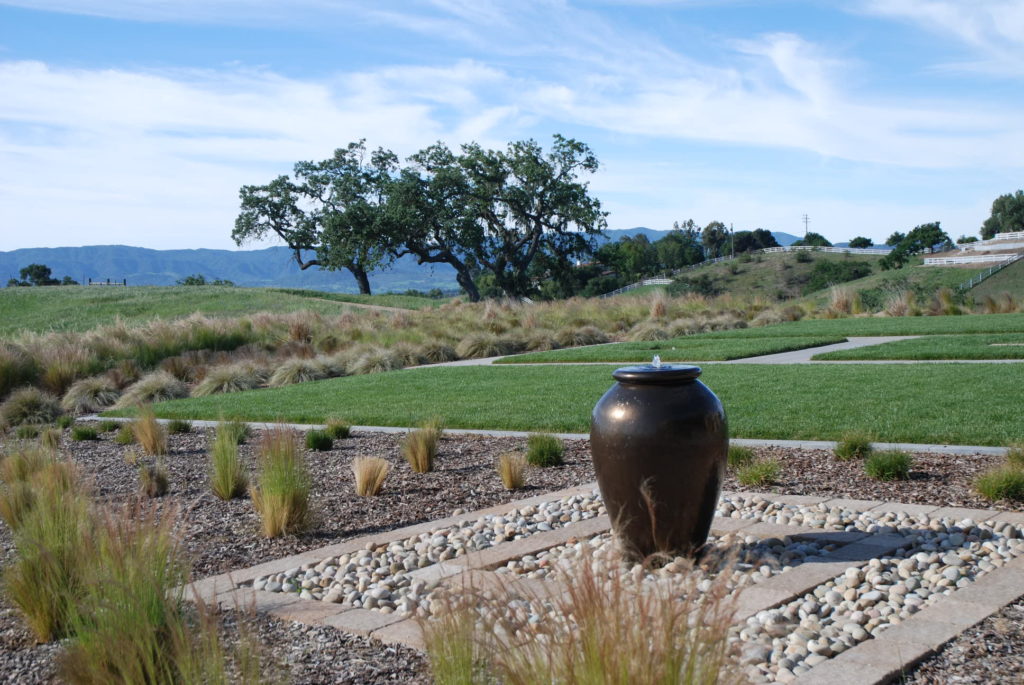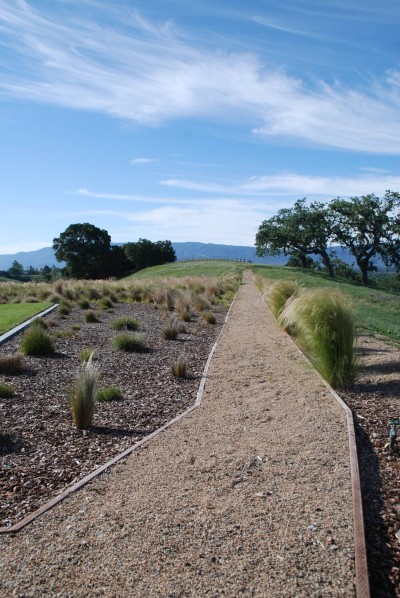My client was happy; she’d just completed installation of major landscape improvements designed by an award-winning designer. I was not so happy. Some of the plants the designer had chosen were simply not suited for the area where they’d been planted and it was my job to make them look good.

Landscape architects, designers, and maintenance crews are largely trained in the nuts and bolts of building landscape: walls, paths, site lines, and the mechanics of irrigation systems, but may not be as versed in the fine art of plant selection. The lusty plants at the nursery look fantastic in their pots, but growing information is scanty.
The tag says full sun to partial shade. Were the conditions it was tested in similar to your site? The tag says drought tolerant. What kind of soil would provide the support the plant needs to actually survive a drought? And for how long?

Especially in water-challenged Southern California, consider the following as essential to a successful landscape:
Soil
Test the soil. Is it heavy clay, loamy or sandy? Each different type requires specific treatments or careful plant selection. Match plant requirements to what is available (or achievable).
Plant Grouping
Group plants by water and exposure requirements. Even the Cadillac of irrigation systems will support plants only if all of them in the area being watered require the same amount at the same application rate. In our climate it should always be the primary principle to reduce the amount of water required for any given garden zone.
Environment
We shouldn’t have to relinquish every lush-looking palm, fern or ginger, just make sure they are placed where their water requirements don’t conflict with those of the more drought-tolerant ones.
Professional botanists and horticulturists have taken these questions to heart and provide more complete information in books, magazines and websites. Call on their expertise and experience to create a successful, beautiful garden.
See more of my writing on sustainable landscaping here.






Good advice Virginia. I wasn’t sure if the photos are of the landscape you are referring to or another one. Readers should also be aware that Nasella tenuissima, though beautiful, is a highly invasive ornamental grass in all of California. As a designer, and former Park Ranger who knows what a problem invasive plants can be in our wildlands, I will not use that plant in any of my designs. For more information on this issue see http://www.plantright.org/. They list invasive plants by region.